How to Preserve Water During a Drought
Water is essential for life, but water scarcity becomes a pressing issue during droughts. Droughts can have devastating effects on communities, agriculture, and ecosystems. In such times, it’s crucial to implement strategies to conserve water and ensure its sustainable use. Today, I want to talk about how to preserve water during a drought. How to Prepare for a Drought
The extended years of drought in the Western United States the past few years have illustrated what the effects of drought are and how we as citizens are personally affected. We often think that we can’t resolve weather-related challenges, so why worry about it? The truth is, if each of us does our part we can positively influence our surroundings when it comes to things like drought. Read on, please.
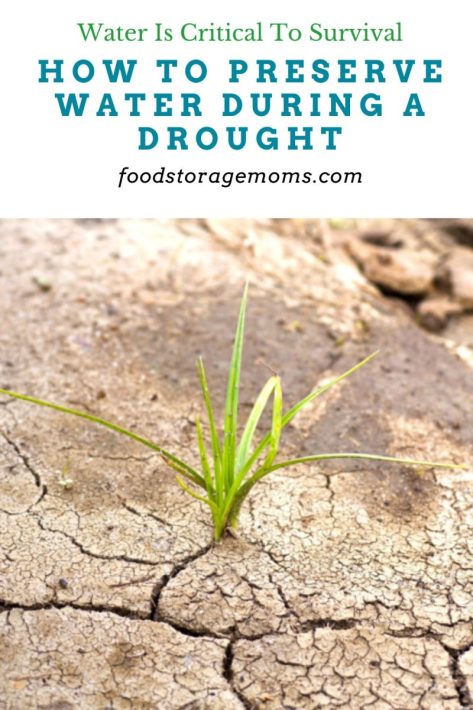
How to Preserve Water During a Drought
1. Understanding Drought
Before delving into preservation techniques, it’s essential to understand what constitutes a drought. A drought is a prolonged period of abnormally low rainfall and snowfall, leading to water shortages. Droughts can vary in duration and intensity, and their impacts can be widespread and severe. 6 Interesting Things You May Not Know About Drought
2. Awareness and Education
Awareness and education are among the most effective ways to address water scarcity during a drought. Educating individuals and communities about the importance of water conservation and the consequences of wasteful water practices can foster a culture of responsible water usage. Navigating Life-Changing Emergencies: A Guide to Facing an Emergency
3. Water-Efficient Landscaping
Landscaping accounts for a significant portion of residential water use. During a drought, it’s essential to adopt water-efficient landscaping practices to minimize water consumption. This includes planting drought-resistant plants or drought-tolerant varieties, using mulch to retain soil moisture, and watering plants during cooler parts of the day to reduce evaporation. Strategies for Conserving Water in an Emergency
Many communities are implementing rules that limit the use of lawns as part of your landscape. They also suggest using drip irrigation systems where you have plants on your property. There are costs relating to these measures, especially if you have an existing yard design that would need adjustments. Take your time, do some research, and then implement changes as your finances allow.
4. Implementing Water-Saving Technologies
Advancements in technology have led to the development of various water-saving devices that can significantly reduce water consumption. Installing low-flow faucets, low-flow showerheads, and toilets with more efficient tank systems can help conserve water without sacrificing comfort or functionality. Innovative irrigation systems can optimize outdoor water usage by adjusting watering schedules based on weather conditions and soil moisture levels. Creative Water Storage Solutions for Emergencies
You can monitor your landscape water usage by recording the water meter settings to see how much water is consumed on any given day or week. Check with your local water agency to see if there is a rebate for low consumption or if you water during “off hours” of demand.
In Southern Utah, we found less water was used if we shortened the watering cycle times but watered more often. This approach allowed the water to sink into the soil better, reduced wasteful runoff, and promoted plant growth.
5. Fixing Leaks
Even minor leaks in plumbing fixtures or irrigation systems can waste water over time. Promptly repairing leaks during a drought and at other times to prevent water loss makes sense since you’re paying for that wasted water. Regularly inspecting plumbing and irrigation systems for leaks and addressing them a fix promptly can help conserve water and reduce water bills. 30 Spring Cleaning Tips Every Prepper Should Follow
6. Rainwater Harvesting
Rainwater harvesting involves collecting and storing rainwater for later use. This practice helps mitigate the effects of drought and reduces reliance on municipal water sources. Rainwater can be harvested using simple rain barrels or sophisticated systems that collect water from rooftops and direct it into storage tanks. This harvested water can be used for irrigation, flushing toilets, or other non-potable purposes. How to Use Rain Water at Home
7. Greywater Recycling
Greywater refers to wastewater generated from bathing, laundry, and dishwashing activities. Instead of letting this water go to waste, it can be treated and recycled for irrigation or toilet flushing. Greywater recycling systems can be installed in homes and buildings to capture and treat greywater, reducing the demand for freshwater sources during droughts. How to Reduce Waste as a Prepper
8. Promoting Water-Efficient Behaviors
Encouraging water-efficient behaviors among individuals and communities is essential for long-term water conservation. Simple actions such as turning off the tap while brushing teeth and shaving, taking short showers, and running loads of laundry and dishes less often can significantly affect water usage. Water And Water Preservation
Our clothes washer has a light wash or short cycle option. We use that cycle most often since washing shorts, pants, shirts, blouses, socks, and underwear doesn’t require long cleaning cycles in most cases. If you’re working outside and your clothes get extremely soiled, that makes a difference and requires a different approach and more gallons of water.
Consider using your automatic dishwasher less often by making sure it’s full before starting a cycle. You can save room when dishwashing for more items like plates and bowls if you hand wash the larger items. If you do hand wash a few items, set up a rinse water bowl rather than letting the water run.
When cleaning up your yard, use a broom to clean the driveway and sidewalk rather than your hose. If you hand wash your car, use a bucket of soapy water to wash off the car’s exterior, and then try to shorten the rinse time with your hose.
What causes a drought?
Droughts can be triggered by various factors, including natural climate variability, such as El Niño and La Niña events, which can disrupt rainfall patterns. Human activities, such as deforestation, overuse of water resources, and climate change, can exacerbate drought conditions by altering precipitation patterns and increasing evaporation rates.
What are the different types of drought?
There are three main types of drought:
- Meteorological drought: Characterized by a prolonged period of below-average rainfall.
- Agricultural drought: Occurs when soil moisture levels are insufficient to support healthy crop growth.
- Hydrological drought: Involves reduced water availability in rivers, lakes, and groundwater sources.
More Tips
- Purified Water vs. Spring Water: The Differences
- 50-Year Shelf Life Canned Water-Blue Can Pure Water
- Safe Drinking Water in Emergency Preparedness
Final Word
Preserving water during a drought is a team effort approach. You’ll want to ensure you take the time to protect water during a drought instead of using as much water as you’ve normally used in the past! Most of the time, everyone in the area will be preserving water, so it’ll be necessary for the whole community to do so! May God Bless this World, Linda
Copyright Images: Drought with Dehydrated Soil With Corn Depositphotos_664623134_S By Fotokostic, Drought with Green Plant Growing In Dry Earth Depositphotos_8536638_S By REDPIXEL

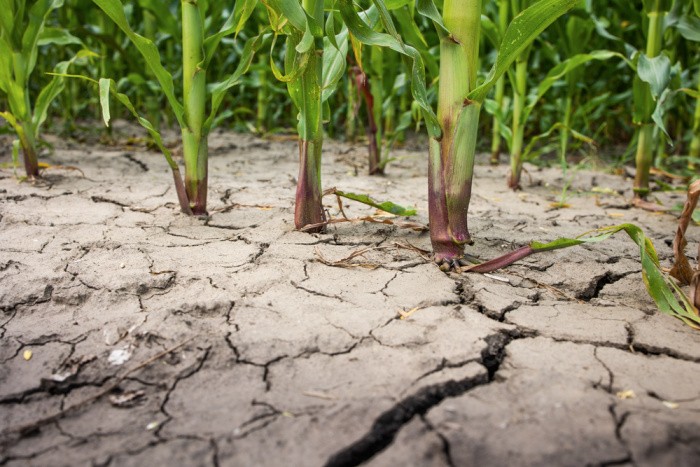

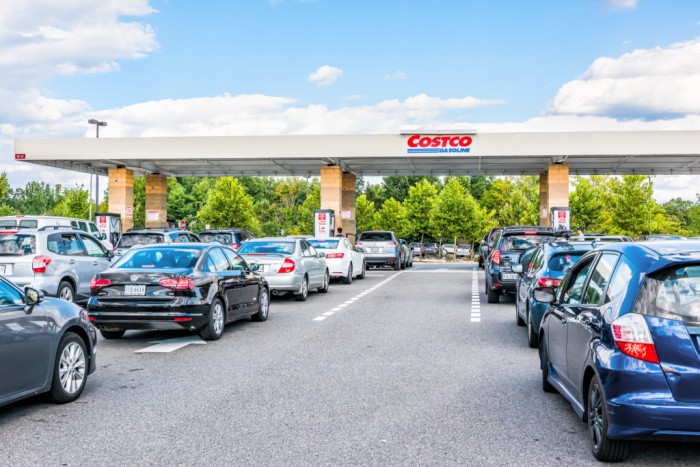
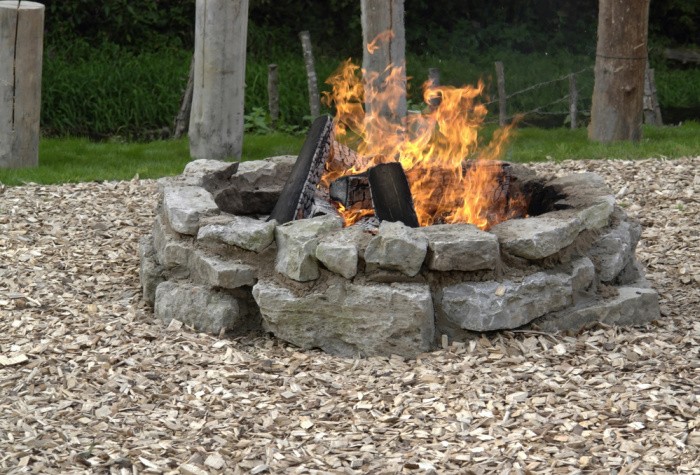
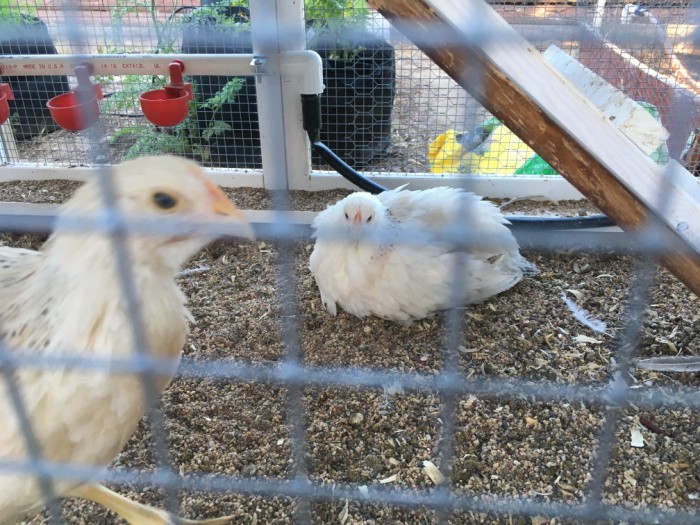
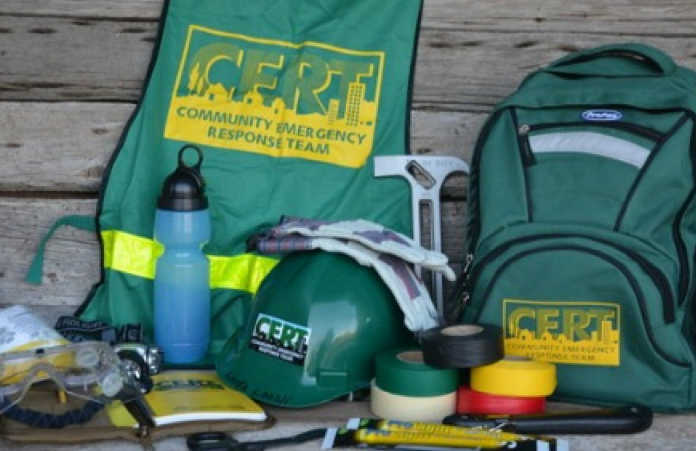
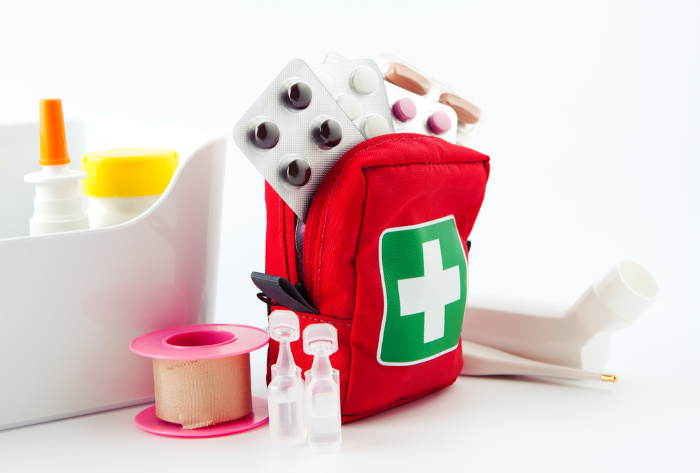
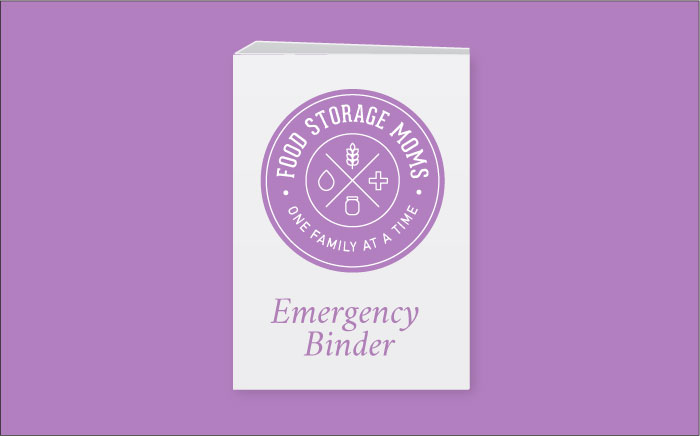













My great grandmother had a valve installed that she diverted her sink and tub water to the garden.
This of course is not code for all the city folk that think they know better than everyone else.
You best not let her see you drain juice off a can of food in the sink neither. She wanted that straight to the garden.
She had the best garden around and they never could figure it.
HI Matt, oh my gosh, the is the BEST comment ever! I can almost see your grandmother saving the juice from the cans! BRILLIANT! Why didn’t I think about this! Love it! Linda
Linda, My rainwater collection system is limited because, hello, it doesn’t rain here very often. So I conserve water by using soaker hose manifolds in my gardens and developing a rich loamy soil topped with bark chip mulch. I love the saving juice from cans idea. Thanks Matt.
Hi Ray, we may have snow and some rain here in Salt Lake City, but I doubt we could collect enough water to survive for very long. But any water is better than zero water. I think we are all going to save the juice from cans like Matt’s grandmother. Love it! Linda
Fortunately, I dont have to conserve water. I live in Florida just about 4 miles north of a large spring that spews out 400 million gallons of water a day (yes, 400 million). The water runs down a crystal clear river into the nearby Gulf of Mexico. I can use all the groundwater I want because it is just going to migrate south to the spring and boil out or seep into the Gulf in other ways. I am so sorry that others don’t have this luxury.
Hi Angela, oh my gosh, you are so lucky, that’s a lot of water! I love this! Linda